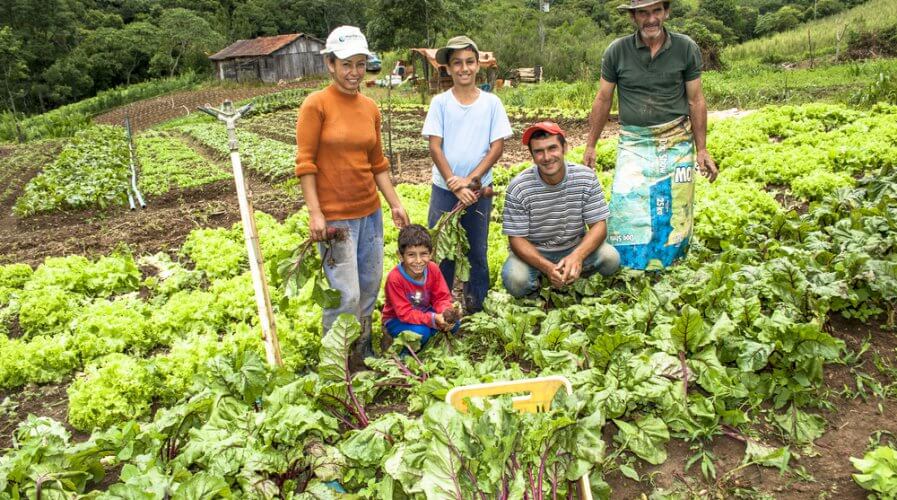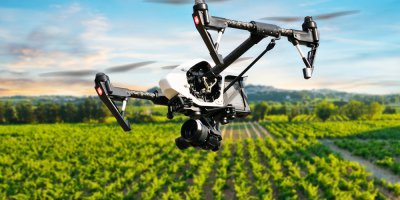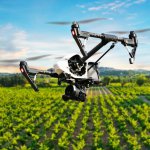
Thailand needs more smart farms in 2020. Source: Shutterstock
Why Thailand plans to invest billions in smart farming initiatives in 2020
STATE-OWNED Bangkok Bank of Agriculture and Agricultural Cooperatives (BAAC) has recently announced plans to allocate as much as US$3.3 billion to boost the Thai agriculture sector.
Recognizing digitalization as the way forward, BAAC plans to introduce and implement smart farming to 4,500 Thai communities nationwide, starting in 2020.
Smart farming, in its essence, is simply the integration of modern information and communication technology (ICT) into agricultural management.
Tapping into the Internet of Things (IoT), smart farming can drastically change all facets of the agricultural industry. The core concept of smart farming is relatively simple, and can be distilled down into three key processes: observation, diagnostics, and decision and implementation:
# 1 | Observation
Connected sensors in farmlands can help record data collected from the farm. This information might include parameters such as soil, temperature, pressure, rainfall, and humidity.
# 2 | Implementation
The information is fed into a cloud-hosted IoT platform already programmed with a predefined set of rules and models to ‘make sense’ of the data received, subsequently identifying any anomalies or deficiencies.
# 3 | Decision and implementation
By leveraging artificial intelligence (AI) and machine learning (ML), users can then decide what the next actionable step would be. Machines involved in the process can help carry out the commands required to rectify the problem or improve the situation in the farm.
There is no doubt that making the transition from traditional farming methods to smart farming requires money and time. In the long run, however, this investment is guaranteed to be helpful.
When farming is data-driven — farmers can monitor field conditions without physically being in the field.
Further, potential threats can be intercepted, and farmers can use data obtained in predictive analytics to gain insights into production rate, marketing forecasts, and risk mitigation needs.
The BAAC-backed smart farming scheme is applaudable. BAAC helps farmers make the transition into smart farming by providing them with loans at low-interest rates (only 2 percent).
The scheme also utilises market principles to set clear business plans, and engages both public and private sectors in offering knowledge and the required technology to farmers, in hopes of broadening market opportunities.
Thai farmers are also encouraged to take on supplementary occupations. Under this smart farming scheme, BAAC also offers low-interest loans to help farmers with supplementary occupations including organic fertilizer pellet manufacturing.
The use of technology in the agricultural industry is vast. Besides the basic smart farming cycle mentioned above, technology such as AI-powered drones can take images of entire farms and evaluate these images to near-real-time to detect problems and potential improvements.
Robotics and automation can also be used to help in harvesting crops, greatly reducing the need for manual labor.
Agricultural businesses, regardless of size, should fully embrace and leverage technology. With all that technology can provide, the move towards digitalization in the agricultural industry would prove to be a worthy one in 2020 and beyond.
READ MORE
- Ethical AI: The renewed importance of safeguarding data and customer privacy in Generative AI applications
- How Japan balances AI-driven opportunities with cybersecurity needs
- Deploying SASE: Benchmarking your approach
- Insurance everywhere all at once: the digital transformation of the APAC insurance industry
- Google parent Alphabet eyes HubSpot: A potential acquisition shaping the future of CRM


